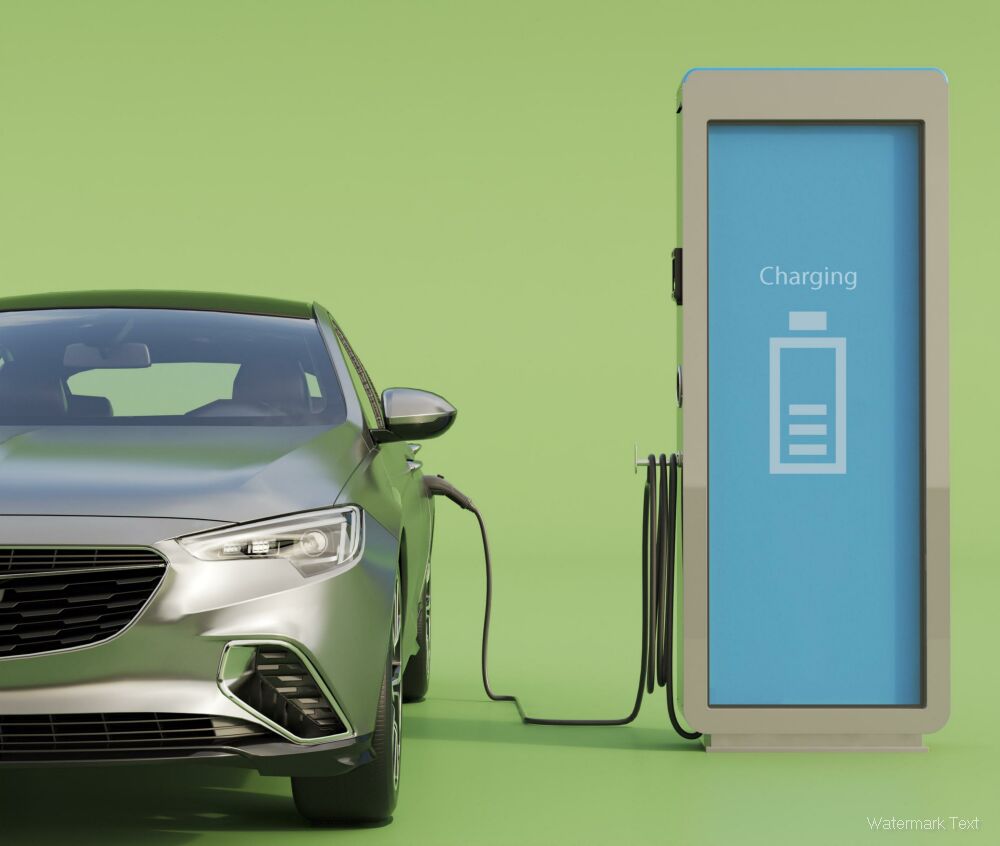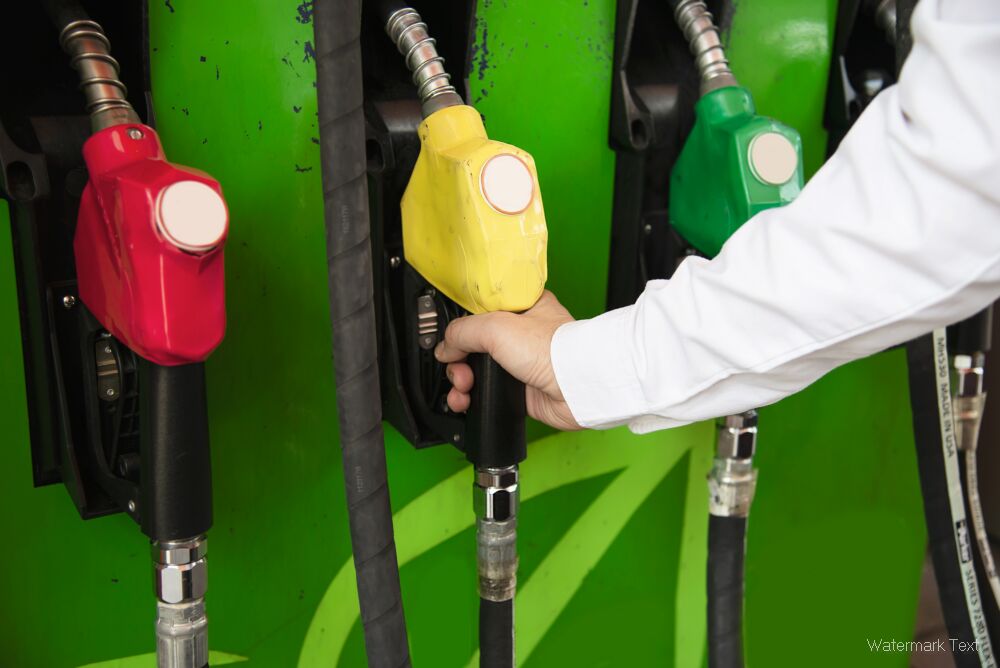As the world grapples with climate change, the debate between traditional gasoline-powered cars and electric vehicles (EVs) has never been more critical. ?⚡ With increasing awareness of environmental issues, consumers are more interested than ever in understanding the ecological footprint of their vehicles. In this blog, we will explore the environmental impact of traditional cars compared to electric cars, backed by rich statistics and clear tables to help you make informed decisions.

The Carbon Footprint of Cars
The carbon footprint of a vehicle is a crucial factor in determining its environmental impact. Traditional cars emit carbon dioxide (CO2) and other greenhouse gases, contributing significantly to global warming. In contrast, electric cars produce zero tailpipe emissions, making them a cleaner alternative.
Emissions Comparison
Here’s a breakdown of the average CO2 emissions for traditional gasoline cars versus electric vehicles:
| Vehicle Type | Average CO2 Emissions (g/km) | Annual CO2 Emissions (kg) | ? Environmental Impact |
|---|---|---|---|
| Traditional Gasoline | 120 | 2,400 | High |
| Electric Vehicle | 0 | 0 | Low |
Source: International Energy Agency
As shown in the table, traditional gasoline cars emit an average of 120 grams of CO2 per kilometer, leading to approximately 2,400 kg of CO2 emissions annually. In contrast, electric vehicles have zero tailpipe emissions, significantly reducing their environmental impact.
Energy Sources and Their Impact
While electric cars do not emit CO2 during operation, it is essential to consider the source of the electricity used to charge them. The environmental impact of electric vehicles can vary significantly based on the energy mix of the grid.
Energy Mix and Emissions
Here’s a comparison of the energy sources used for electricity generation in different regions:
| Region | Coal (%) | Natural Gas (%) | Renewables (%) | Average CO2 Emissions (g/kWh) |
|---|---|---|---|---|
| North America | 27 | 38 | 20 | 400 |
| Europe | 15 | 25 | 50 | 250 |
| Asia-Pacific | 50 | 20 | 15 | 600 |
Source: World Energy Council
In North America, the average CO2 emissions from electricity generation are around 400 g/kWh, while Europe benefits from a higher share of renewables, resulting in lower emissions. The Asia-Pacific region, heavily reliant on coal, has the highest emissions. This disparity highlights the importance of transitioning to cleaner energy sources to maximize the environmental benefits of electric vehicles. ?
Lifecycle Analysis: Manufacturing and Disposal
The environmental impact of cars extends beyond their operational phase. The manufacturing and disposal processes also contribute significantly to their overall footprint.
Manufacturing Emissions
The production of electric vehicles, particularly their batteries, can result in higher initial emissions compared to traditional cars. Here’s a comparison of the lifecycle emissions:
| Vehicle Type | Manufacturing Emissions (kg CO2) | Operational Emissions (kg CO2/year) | Total Lifecycle Emissions (kg CO2) |
|---|---|---|---|
| Traditional Gasoline | 6,000 | 2,400 | 8,400 |
| Electric Vehicle | 12,000 | 0 | 12,000 |
Source: Environmental Protection Agency
While electric vehicles have higher manufacturing emissions due to battery production, their operational emissions are zero, leading to a total lifecycle emission that can be lower over time, especially as the grid becomes greener.
Conclusion: Making Informed Choices
The choice between traditional and electric vehicles is not straightforward. While electric cars offer significant advantages in terms of operational emissions, the overall environmental impact depends on various factors, including energy sources and manufacturing processes.
As consumers, we can make informed choices by considering the entire lifecycle of our vehicles. ?? Transitioning to electric vehicles can be a crucial step in reducing our carbon footprint, especially as renewable energy sources become more prevalent.
For more information on how to reduce your environmental impact, check out resources from organizations like Greenpeace and The Sierra Club.
By understanding the environmental implications of our vehicle choices, we can contribute to a more sustainable future. ?✨



